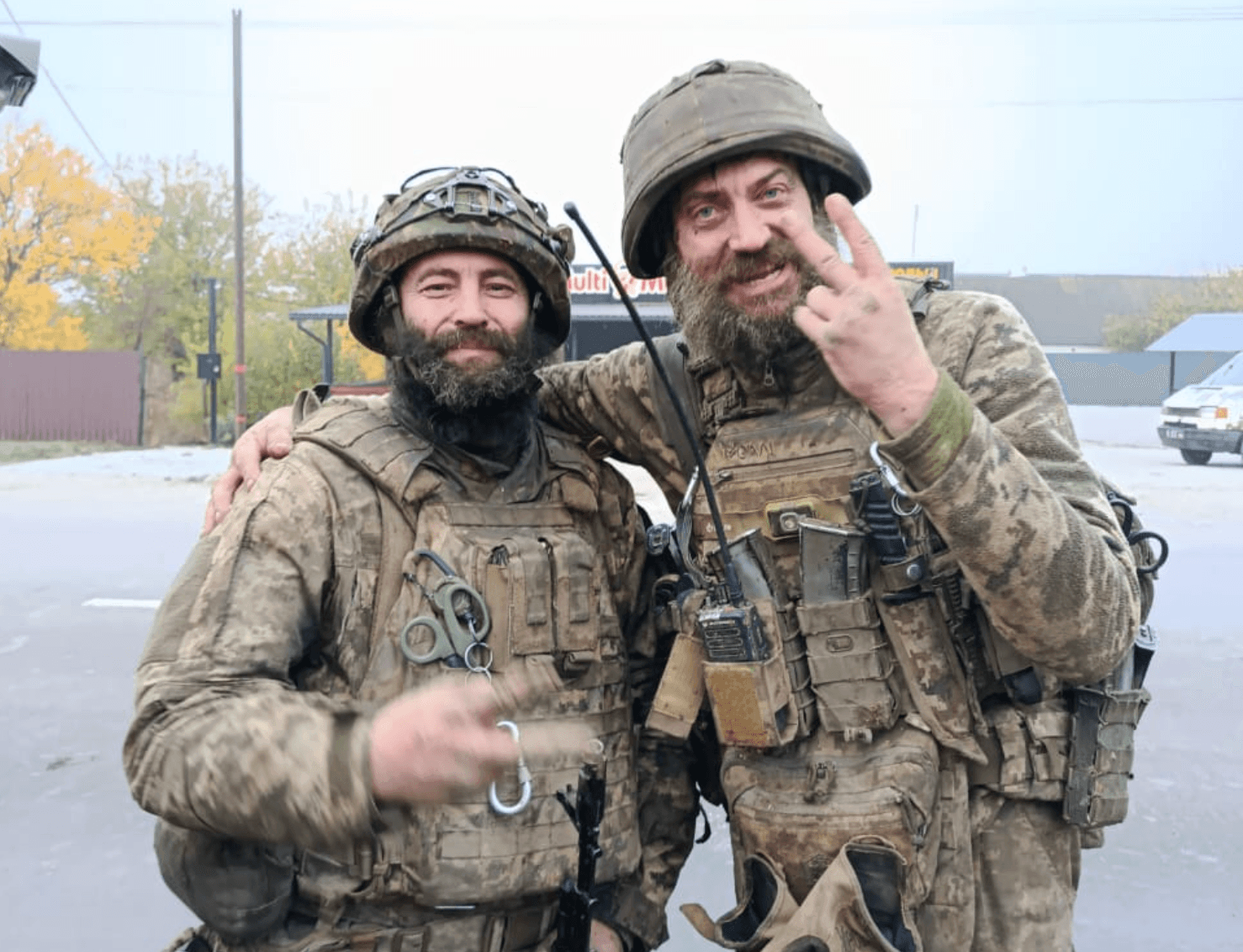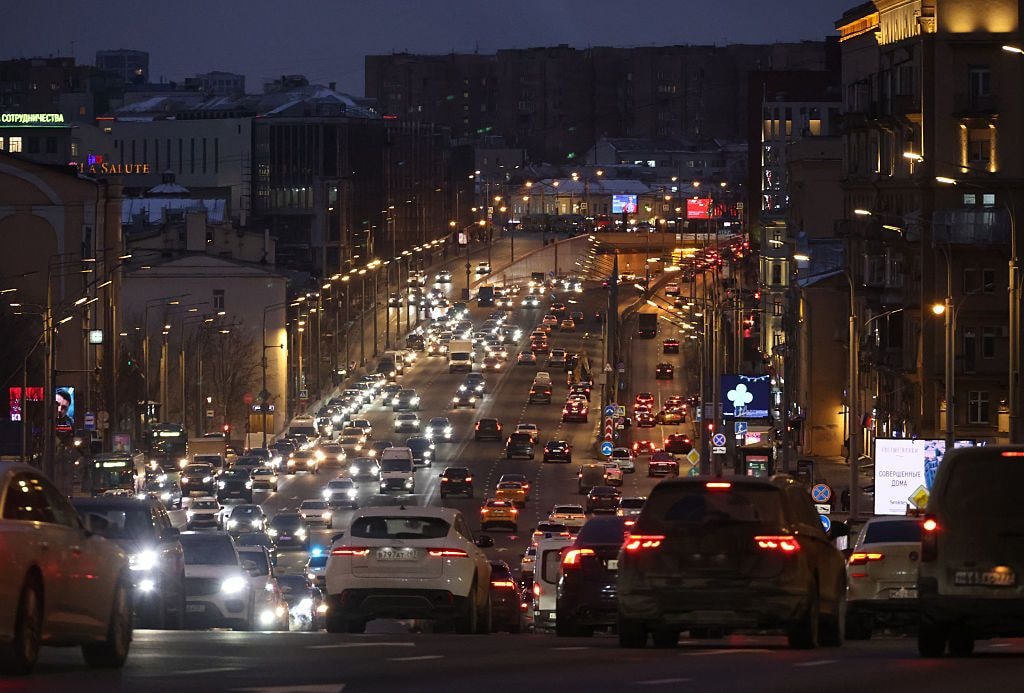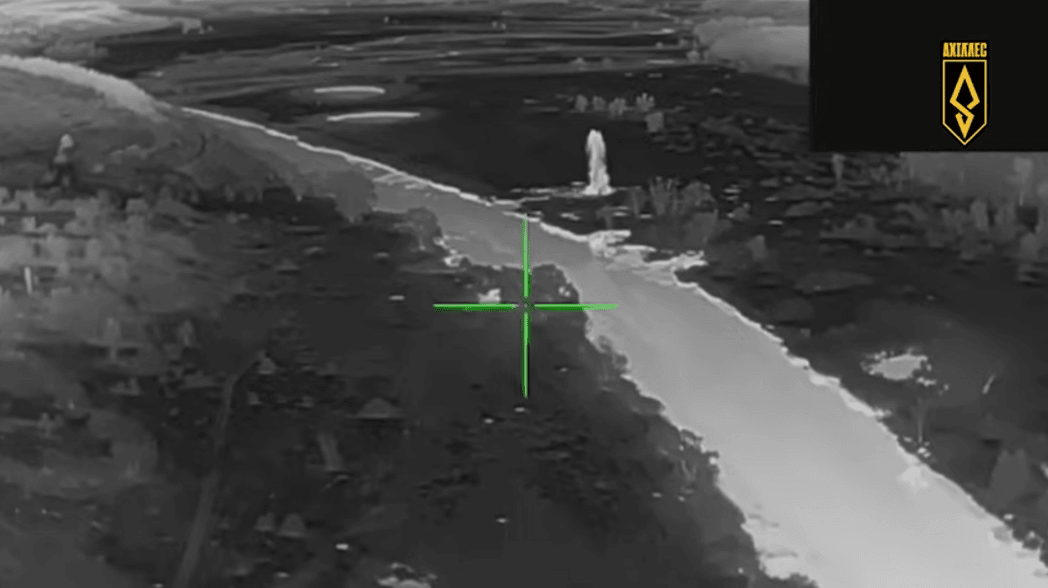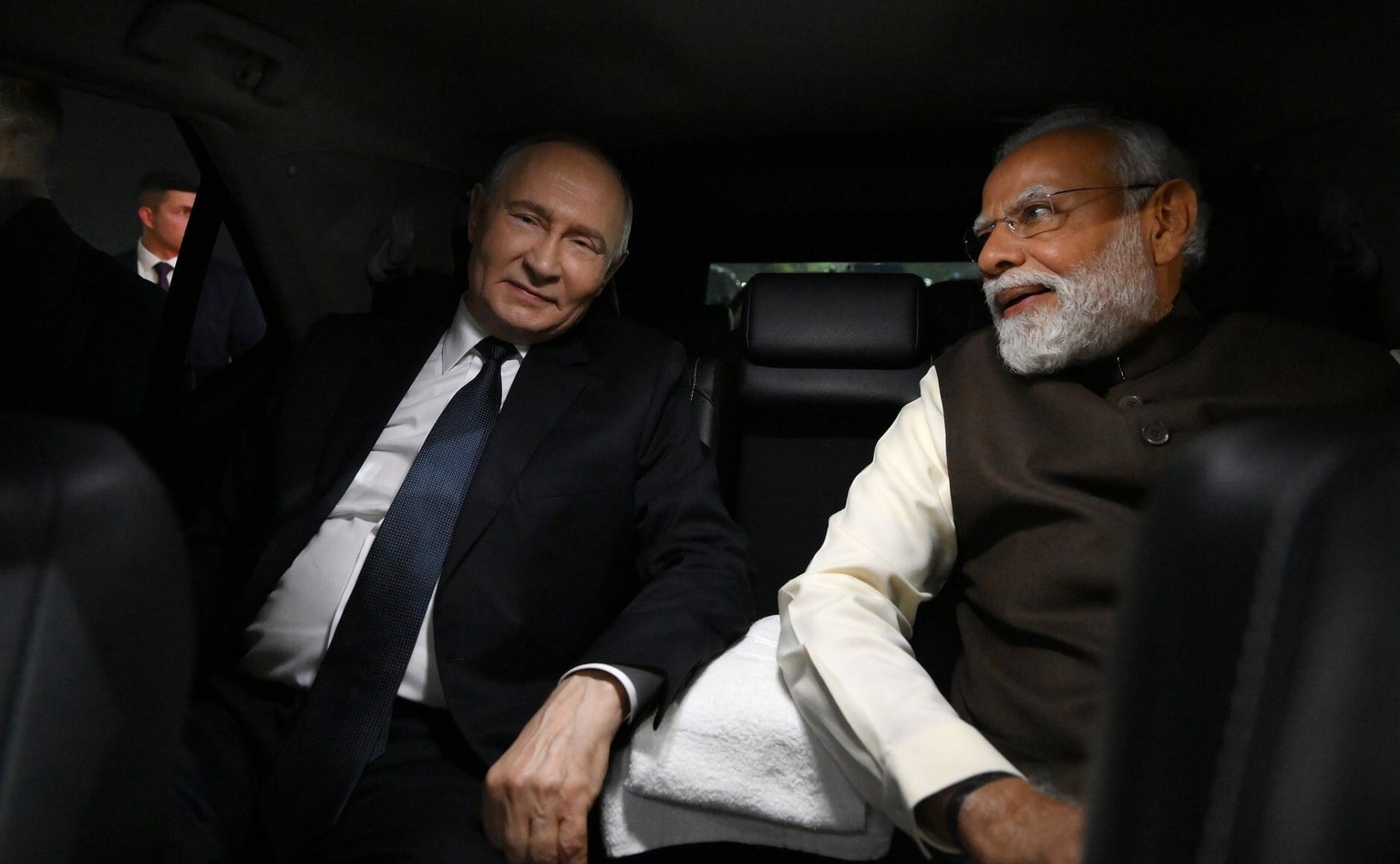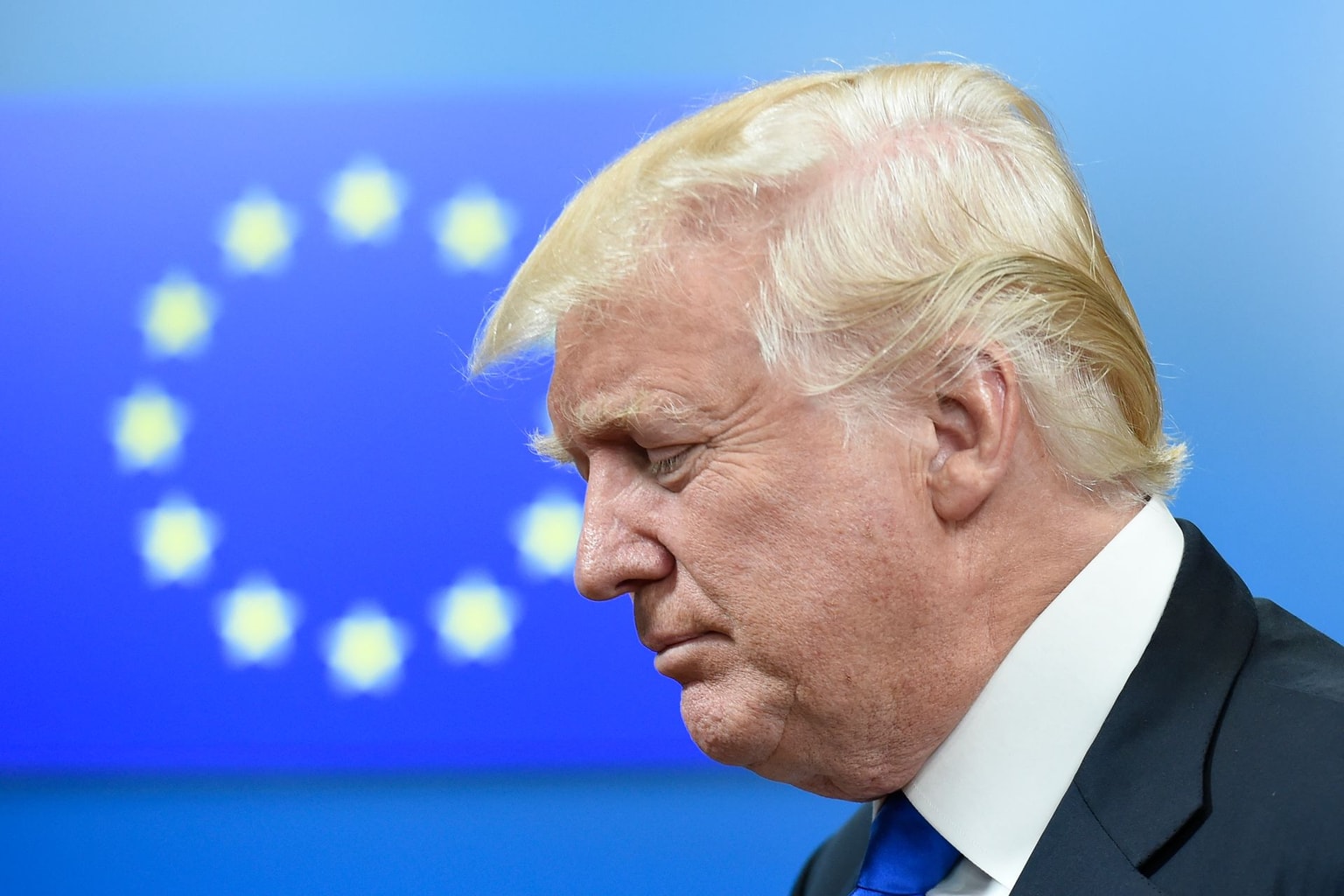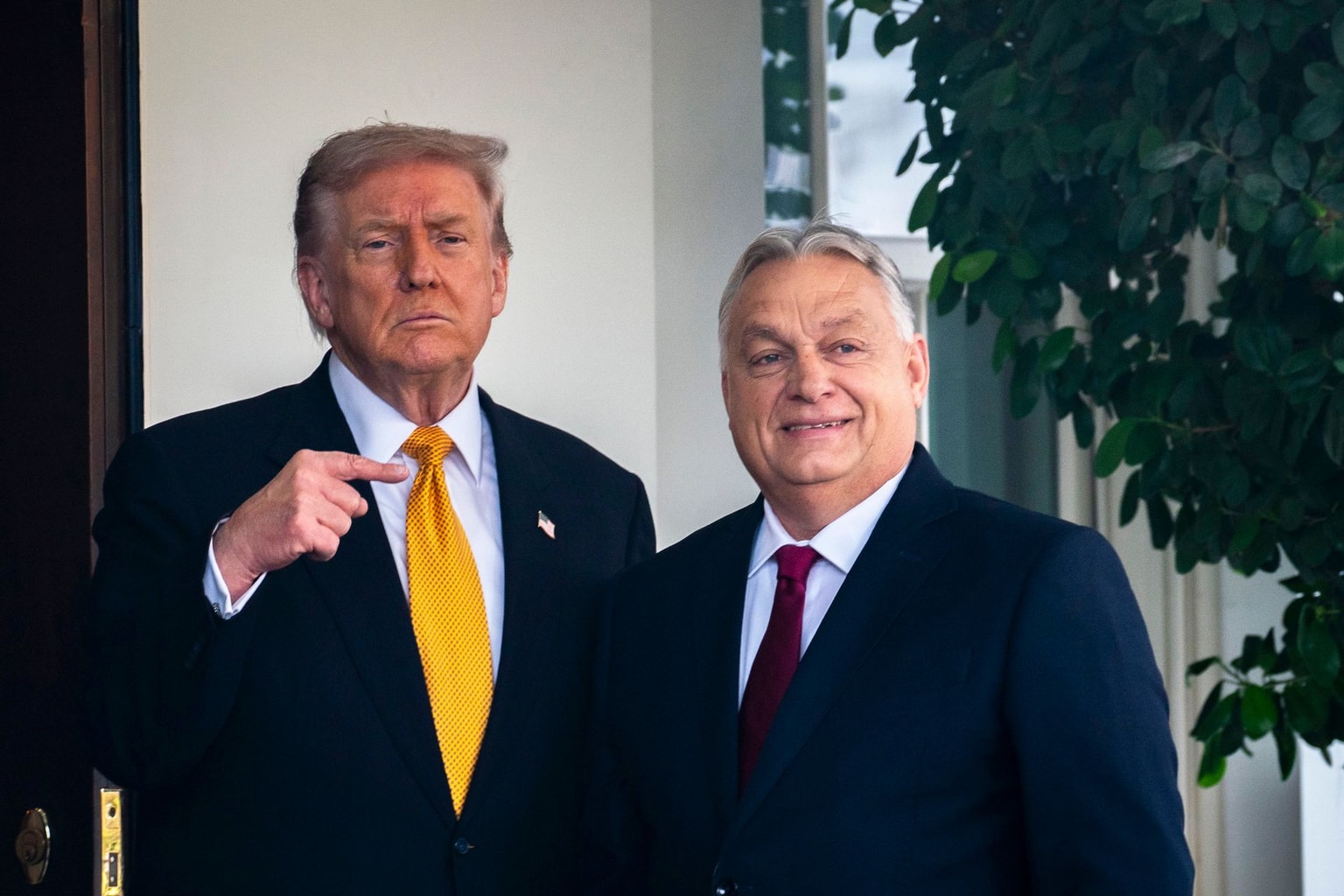Denmark weighs NATO Article 4 after more suspicious drone incursions
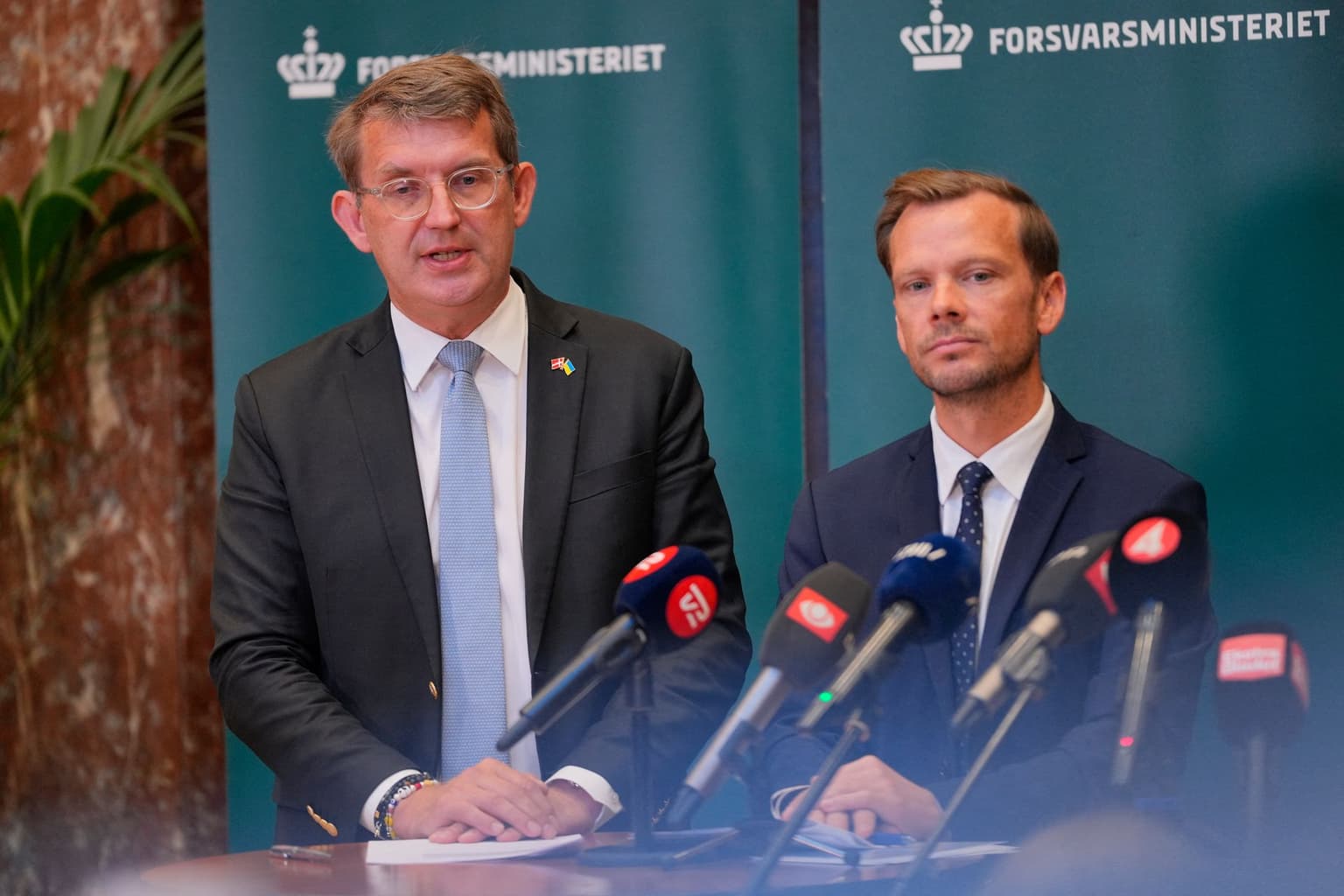
Denmark is considering activating NATO's Article 4 after unidentified drones repeatedly entered its airspace, Danish Defense Minister Troels Lund Poulsen said on Sept. 25.
Danish authorities closed the airspace over Aalborg Airport on the evening of Sept. 24 following multiple reports of mysterious drones in the area, regional police said.
The airport is near Aalborg Air Station, which hosts Denmark's C-130 Hercules and CL-604 Challenger transport aircraft. Drones were also seen near Skrydstrup Air Base, where Danish F-16 fighter jets are stationed.
The incident comes only two days after Denmark reported a mysterious drone incursion on Sept. 22.
In Aalborg, flights were diverted from Copenhagen and Karup after drones were reported at around 9:44 p.m. local time. Authorities have not determined the number or origin of the drones.
Poulsen said no suspects have been identified, but stressed that the activity appeared deliberate.
"It certainly doesn't look like a coincidence, but looks systematic," he said. "Everything indicates that it is a professional actor."
"In addition to Article 4, there are other things that can be done through NATO," he said. "It is quite obvious that something must be done in a NATO context, also in relation to capabilities."
The minister added that there is no evidence directly linking the drones to Russia, though he suggested they could be part of efforts to undermine Denmark's support for Ukraine.
Article 4 allows NATO member states to request consultations with allies if they perceive a threat to their security, without automatically triggering a military response.
It was recently invoked by Poland after a Russian drone incursion on Sept. 10, and by Estonia following violations of its airspace by Russian jets.
Since 1949, NATO's Article 4 has been invoked seven times. Poland first used it in 2014 over Russia's occupation of Crimea and invasion of Donbas, and again in 2022 with allies following Russia's full-scale invasion of Ukraine.
Danish Prime Minister Mette Frederiksen said the latest drone incident must be viewed in the context of recent cyberattacks against European airports and Russian aerial incursions inside NATO territory.
"I cannot rule out that it is Russia," Frederiksen said. "We have seen drones over Poland that should not have been there. We have seen activity in Romania. We have seen violations of Estonian airspace."
Kremlin spokesperson Dmitry Peskov dismissed suggestions of Russian involvement as "unfounded."
Recent Russian airspace violations have challenged NATO protocols on interceptions, escalation, and collective defense.
Both Poland and Estonia invoked NATO's Article 4 following violations of their airspace. The alliance launched the operation Eastern Sentry in response to the incursion in Poland.
Speaking alongside President Volodymyr Zelensky at the U.N. General Assembly on Sept. 23, U.S. President Donald Trump said he believed NATO countries should shoot down Russian drones that invade their territory.
Officials in Poland and Estonia welcomed the recommendation. On Sept. 10, Poland became the first NATO member to directly engage Russian military assets during the full-scale war in Ukraine when it downed multiple drones over its territory.




